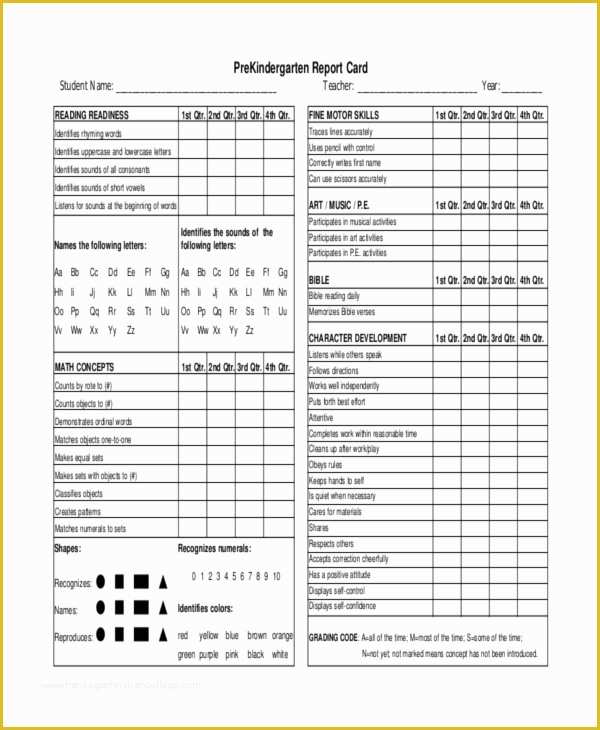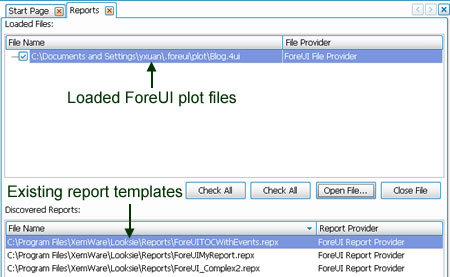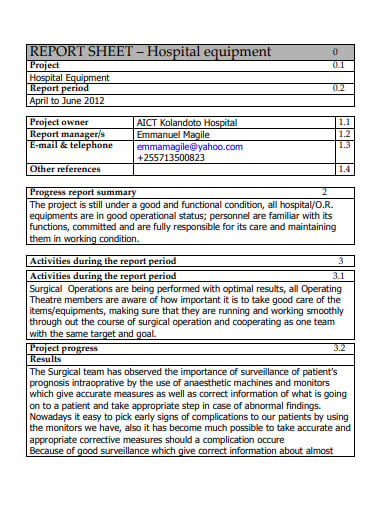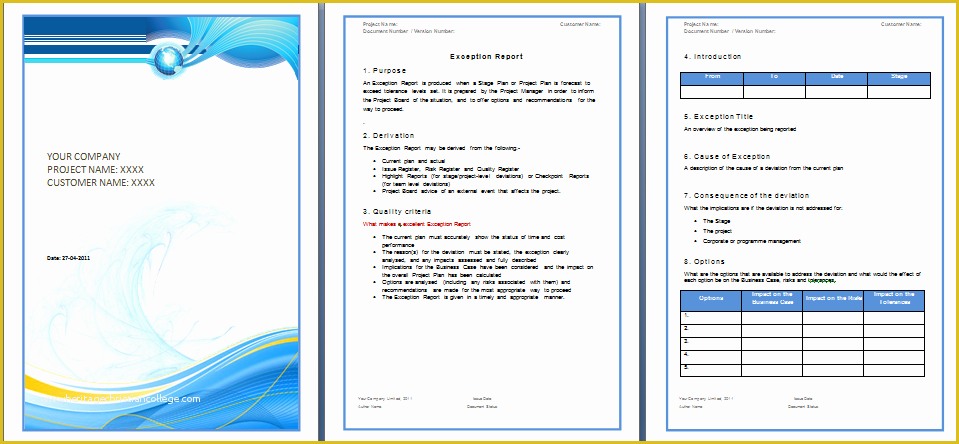

- Report templates for pages how to#
- Report templates for pages professional#
- Report templates for pages series#
- Report templates for pages free#
You can also add more pages, or change the fonts and the colors. For some design options, look through Flipsnack's icons, overlays, frames, and other design elements.
Report templates for pages free#
Still, if you can’t find anything suitable for you, feel free to upload your unique photos. Our stock images are both marvelous and professional. You can start searching for the right photos within Flipsnack’s library. The best part is that our free report templates are also fully customizable! The first step is to choose a template from Flipsnack.
Report templates for pages professional#
Awesome, right? We’re telling you, the people will totally enjoy reading your professional and well-design report! If done correctly, your annual report will be like a breath of fresh air for them! With Flipsnack’s plethora of report templates and easy editing tools, you can create your own report design within minutes! As we’ve said before, it can be any kind of report, we have plenty of everything: business report samples, annual report samples, sales report templates and even projects report templates. Make this year’s report one to remember with our wonderful and professional report templates! We promise you, no design skills required! We’ve already done the design for you! Flipsnack has got free report templates for every kind of situation! But don’t believe us, try it for yourself! It’s not everything about its information, but also about its design. Regardless of its type, your report has to be both informative and engaging. It could be a company report, a sales report or even a budget report. Substituted at runtime with the number of columns defined in the report.Many marketers are dreading that time of year when they have to do their annual or monthly reports. The After Rows attribute supports the following substitution strings: A common use of this attribute is to close the HTML table tag. Use After Rows to specify text that should display after the last row.

You can also include the substitution string #CSV_LINK# to include support for exporting your report to CSV format, a format compatible with most spreadsheet programs. For example, to include an open table tag and #TOP_PAGINATION# substitution string, you would enter the following: This substitution string generates HTML that starts with an opening tag and ends with a closing tag. You can include pagination above a report by including the substitution string #TOP_PAGINATION#.

You can identify column headers using the syntax #1#, #2#, #3#. Opening an HTML table is a common use of this attribute, as shown in the following example: In Before Rows, enter HTML that displays once at the beginning of a report template. You could also use the substitution string #ROWNUM#. For example, the following expression displays a value in bold if the value is greater than 2000: If you select Use Based on PL/SQL Expression, the next step is to enter a PL/SQL expression in the Column Template Expression field. Conditionally formats even numbered rows. Conditionally formats columns based on data in that row. To specify a column template be used conditionally, select a condition type from the Column Template Condition list.

If you actually ran this report, these substitution strings would be replaced with values generated by the results of a SQL query.īy creating conditions, you can create a report that displays columns differently depending on whether the specified condition is met. You could rewrite the query to alias the columns as follows: SELECT ename, (sal + comm) * 12 yearly_comp FROM empĬonsider the following example: #ALIGNMENT#>#COLUMN_VALUE# For example, suppose your query was as follows: SELECT ename, (sal + comm) * 12 FROM emp If your query uses an expression in the select list, it is a good idea to create an alias for the columns to avoid runtime errors. If you actually ran this report, these substitution strings would be replaced with values generated by the results of a SQL query. This example also demonstrates the use the substitution strings #ALIGN# and #COLUMN_VALUE#. This example assumes your page template includes a CSS containing the class tabledata.
Report templates for pages how to#
The following example demonstrates how to have each column use a specific style: #COLUMN_VALUE# Style can be applied to a report using this type of template through the use of Is limited to reports that have a standard row and column structure.
Report templates for pages series#
On the number of columns specified in the report's definition. Report definitions typically consist of a series of pages containing HyperView, HyperGraph and TextView windows. This look is then repeated as many times as is necessary, based A generic column template determines the appearance of a report by defining the look


 0 kommentar(er)
0 kommentar(er)
